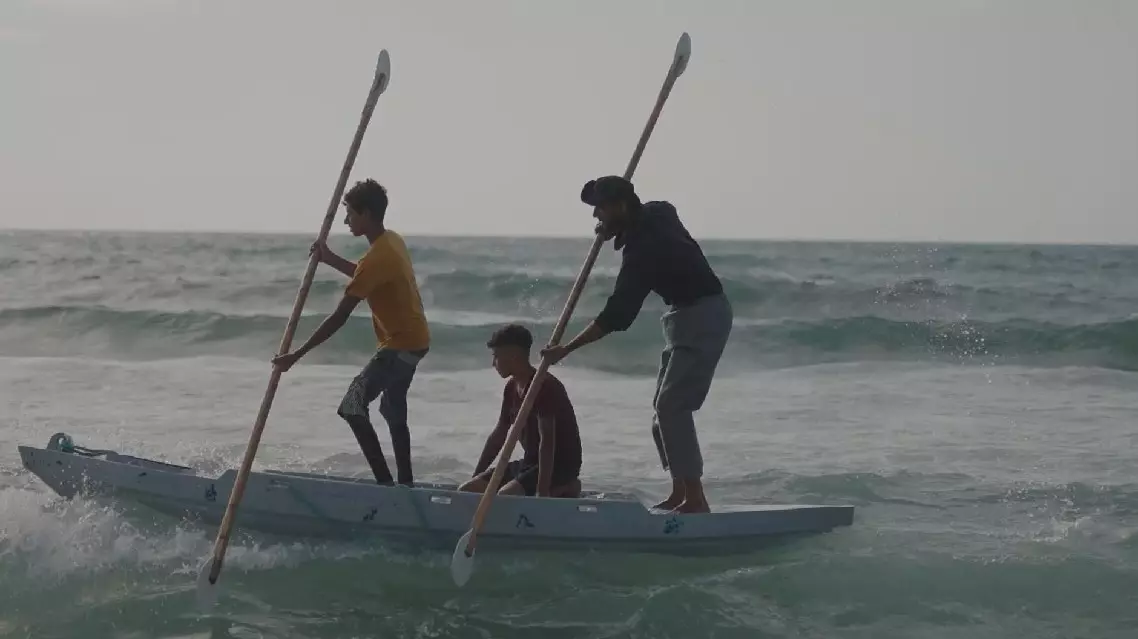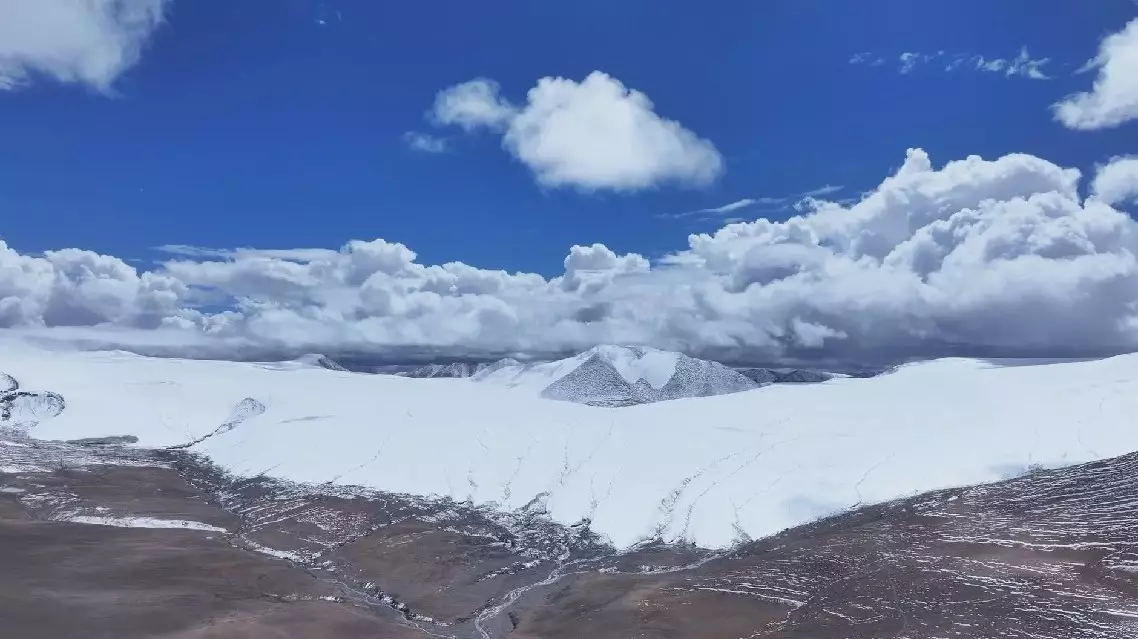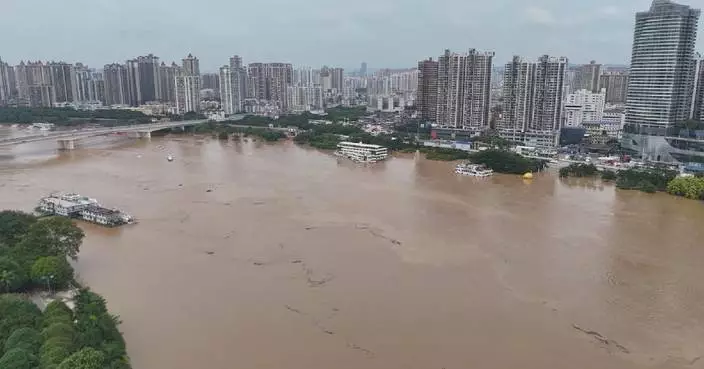Fishermen in war-torn Gaza are risking their lives by entering the Mediterranean as Israel's arbitrary and stifling policies have plunged them into a net of misery.
There were more than 4,000 fishermen in Gaza who play a vital role in providing fresh fish to the population. However, Gaza's waters are a deadly place for them.
Since Israel's war on Gaza, restrictions on fishermen have only grown tighter, and the danger of providing food for 2.2 million starving Palestinians has grown at a considerable rate.
Many fishermen have reported the space they have to fish in is extremely limited, and there is a chance Israeli ships will approach and kill them at any moment.
In the first weeks of the war on Gaza, the Israeli occupation forces bombed the fishing ports in all governorates of the Gaza Strip, destroying most of the fishing boats. Fishing was halted for fear of being targeted by Israel, as happens in every war and major escalation.
Boat captain Ismail Abu Jayab, 35 years old, is a resident of Deir al-Balah in central Gaza. Since Oct 7 until now, he has been stranded in terms of fishing.
"Since Oct 7, we've been stranded in terms of fishing. The occupation targeted all the boats in Deir al-Balah, destroyed them and burned all the nets. As you can see, my boat was burned on Oct 10. Of course all the equipment, the boat and net were burnt. My means of sustenance at sea ceased, after losing the boat and equipment overnight. It was the sum of my life that I'd been collecting for 20 years. One piece of cork after another, one piece of lead after another, one net after another, one paddle after another. Suddenly it all burned down," he said.
After the war dragged on and hunger intensified due to the Israeli siege, hundreds of fishermen and amateurs were forced to take the risk and sail the sea in search of a living.
"Our lives have become hell in light of this siege, and the brutal war that has affected the fishermen. You sail into the sea for only half a kilometer, and you find the Israeli military boat is firing at you, wounding or killing you. This means there are no guarantees you will live after sailing just one meter," Ismail said.
Prior to the war on Gaza, over 4,000 fishermen and hundreds of amateurs were working in the fishing profession, which was their only livelihood.
"As you can see, we are unemployed now. We are like fish that die if they leave the sea. We don't have any equipment or nets. Whoever watches this video, I hope they won't hesitate to help the fishermen if they can, because we are in distress," Ismail said.
Prices for basic goods in the Gaza Strip have spiraled after the closure of its border crossing with Egypt worsened wartime scarcity.
"We do not have a boat to sail. So we are looking for old alternatives, like a small paddle boat. We had running motors, but now, after they and the equipment burned, we are looking for a smaller boat with a paddle. But no one has one. We had to work for others. Life now is shorter and getting 100 shekels at a time is full of risk. And you cannot buy anything with 100 shekels. You take it to the market and you cannot buy a cigarette. Prices are high. The price of vegetables, flour, frying oil and sugar are high. Life has become difficult. You see, if we could sail we could find food for the day, otherwise we can't," Ismail said.

Gaza fishermen risk death to feed starving Palestinians









